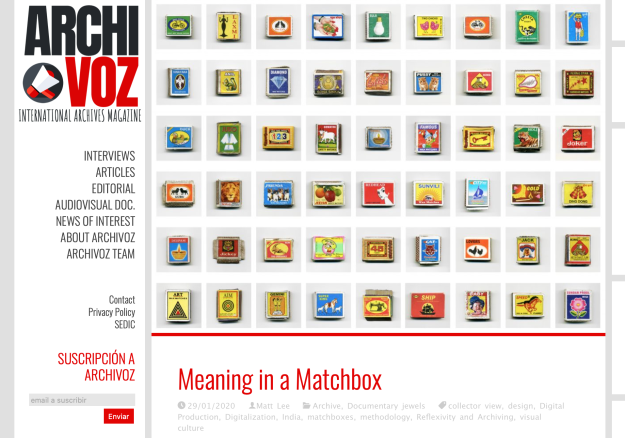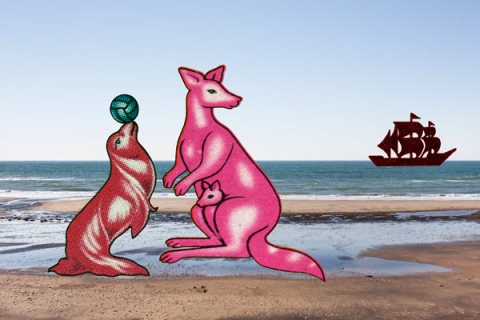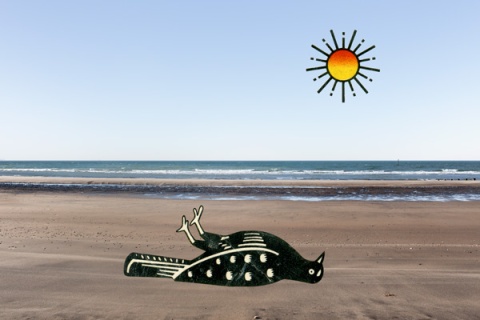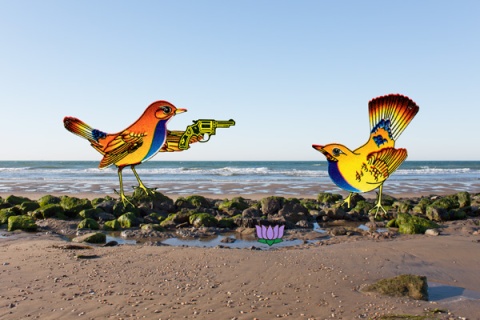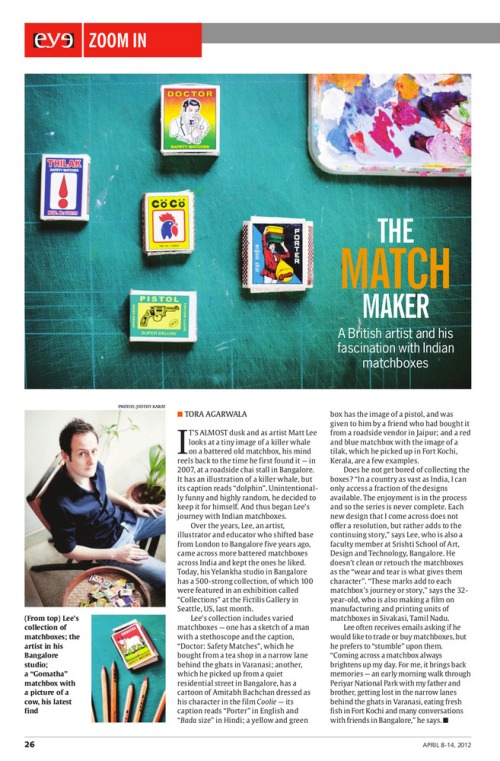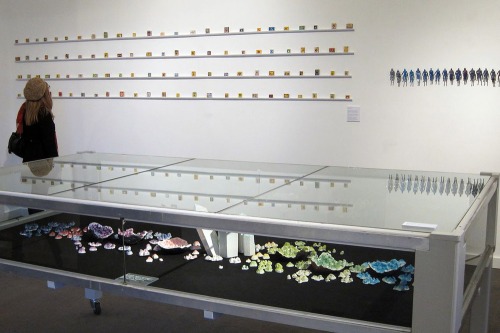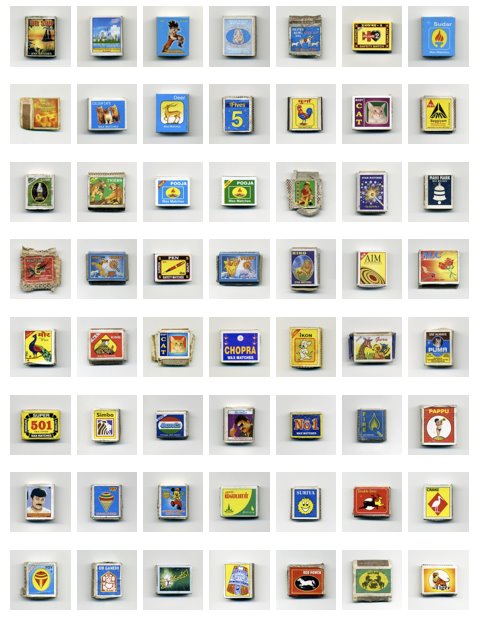Matt Lee is an artist, illustrator and educator from the U.K., at present working from Bangalore.
The first matchbox that I came across featured an illustration of a killer whale with a caption that read ‘dolphin’.
I found this inaccuracy between the text and image quite amusing. Looking back now, I think that my first connection with Indian matchboxes was that aside from being great examples of disposable design, they often seemed quite random and they made me smile.
I began collecting matchboxes soon after I moved to Bangalore from London in 2007.
Collecting these became an extension of a wider interest that I have in hoarding small, tactile examples of illustration and visual culture.
What keeps me going now is that new designs are printed all the time. Across such a vast country as India, I can only ever have a fraction of the designs available. The series is never complete. Each new design that I come across does not offer a resolution, but rather adds to the collection and the continuing story.
For me, the attraction is towards the Re. 1 wax matchboxes that can be found on the street near roadside chai stalls, cigarette kiosks and highway dhabas.
I have collected around 500 matchboxes in my travels across India. As souvenirs, many of these designs signify personal memories. Collectively, the visible scars of the battered boxes tell a story, mapping the places I have been to and the experiences I have had. I often receive emails from people asking if I would like to trade or buy matchboxes from them, but it’s not really about that for me.
There is no particular aesthetic criterion or selection process that I have in mind.
Though I try not to collect duplicates, most of the designs that I come across add something new to the collection.
The visuals that adorn the matchboxes often include historical and religious iconography, Indian pop culture, appropriated western imagery, mundane objects, and lots and lots of animals.
There is no common linear theme, however, the disparate meanings and juxtapositions that are present through the series of designs do seem to encapsulate quite perfectly the heterogeneous and hybrid visual culture of modern India.
I have had offers to exhibit the collection abroad, but at this time they stand proudly on a shelf in the front room of my apartment.
By way of displaying and sharing these with a wider audience, I have photographed each of the designs and the full collection can be seen on my website. At some point in the near future, I plan to make a short film on the printers of Sivakasi, where the matchboxes and packaging for fireworks are produced. It would be interesting to trace the journey of a matchbox from the printers and the wholesalers through to where they are sold and used on the street.
I do not go out of my way to find or buy matchboxes, but stumbling across one that I do not already have always brightens up my day.
For me, the satisfaction is in the process of building a collection that holds sentimental significance rather than material value.
When I look at them, I am reminded of many things; an early morning walk through Periyar National Park with my father and brother; getting lost amongst the narrow lanes behind the Ghats in Varanasi; Chinese fishing nets in Fort Kochi; and many conversations with friends in Bangalore. So, it is about design that is visual, tangible, yet personal and also somehow elusive and unquantifiable.
http://www.thehindu.com/news/cities/bangalore/article2792871.ece

